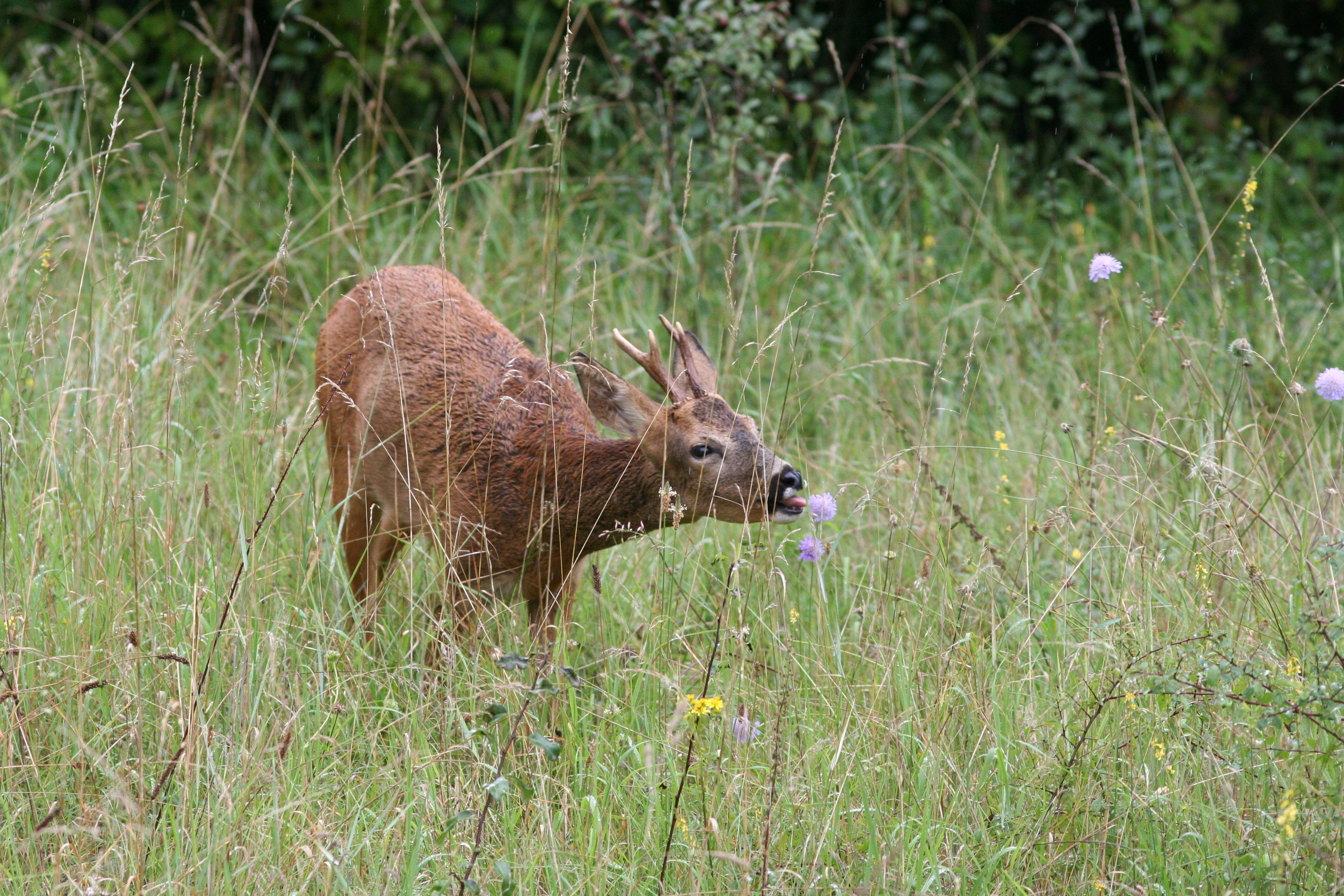We humans have a discontinuous mind, and we like to put things into categories. In the case of plants, it is standard practice to assign each species a "dispersal syndrome" based on the inspection of fruit morphology, making it possible to put entire floras into categories. This is very convenient for making predictive models about plant dispersal. However, it is also risky, because nature is more complex, and these syndromes may not reflect dispersal mechanisms in the field.
A new study by the Doñana Biological Station-CSIC demonstrates how poorly syndromes perform at explaining seed dispersal by animals (zoochory), both when seeds are carried on the inside (endozoochory) or the outside (epizoochory). Plant species with a fleshy fruit are assumed to disperse inside the guts of frugivores, so are placed in an "endozoochory syndrome". Sticky or hooked fruits are assumed to stick in fur or feathers, so are placed in an "epizoochory syndrome". Other dry fruits are placed into syndromes that assume dispersal by wind, water, or simply "unassisted" (i.e. no vectors).
The study focuses on non-frugivores such as waterbirds or large herbivores that disperse a broad range of flowering plants, and are especially important for long-distance dispersal (LDD). Neither the endozoochory nor the epizoochory syndromes provide helpful predictions of which plants non-frugivores disperse, or by which mechanism. It shows that only 4% of the many European plant species dispersed by ungulate endozoochory belong to the corresponding syndrome, compared to 36% for ungulate epizoochory and 8% for endozoochory by migratory ducks. In contrast, a third of plant species dispersed by these vertebrates are assigned an ‘unassisted syndrome'.
Since syndromes do not adequately account for zoochory, they cannot reliably explain long-distance dispersal events such as those underlying the colonization of islands or latitudinal migration rates. Further research into the broad role of non-frugivores in seed dispersal is crucial to improve predictions of the consequences of global change, such as how plant distributions respond to climate change, and how alien plants spread.
Reference:
Andy J. Green, Christophe Baltzinger, Ádám Lovas-Kiss. Plant dispersal syndromes are unreliable, especially for predicting zoochory and long-distance dispersal. Oikos (2021). https://doi.org/10.1111/oik.08327
https://onlinelibrary.wiley.com/doi/full/10.1111/oik.08327

 Las altas temperaturas están provocando que las lagunas y las marismas de Doñana pierdan agua rápidamente
Las altas temperaturas están provocando que las lagunas y las marismas de Doñana pierdan agua rápidamente




